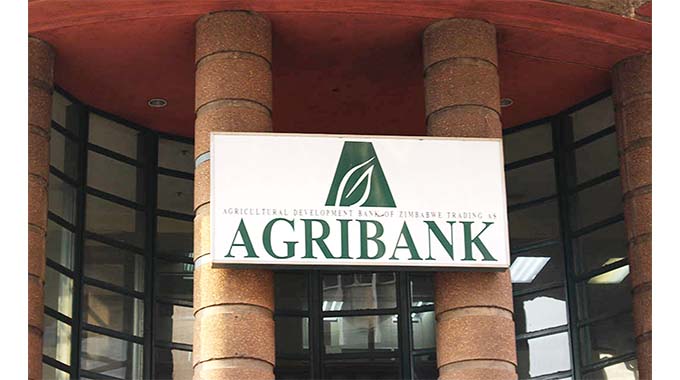
THE restructuring and remodelling of the Agricultural Bank (Agribank) of Zimbabwe into a Land Bank is on focus with the rollout of planned processes towards a new entity already underway in line with the Cabinet decision.
Cabinet approved the restructuring of Agribank into a Land Bank last August to support the country’s agriculture recovery plan, which is aimed at ensuring food self-sufficiency.
Acting chief executive officer, Mr Elfas Chimbera, said the restructuring of the bank presents exciting opportunities for the farming market.
While the bank will continue undertaking all the functions and activities as previously carried out, the new model will add more significance to the market, mainly the agriculture sector, he said.
“This is an exciting development with significant potential for the bank to contribute towards national food security and agriculture recovery through elevated agriculture financing and development interventions,” said Mr Chimbera in his 2021 new year’s message.
“The rollout planning for the Land Bank is currently underway and the bank has commenced multiple concurrent activities as part of comprehensive preparations for the Land Bank commencement of operations as per Cabinet decision.”
Mr Chimbera said the bank will keep its stakeholders updated on the Land Bank facilities, operational modalities, policy guidelines, products and services.
In transforming Agribank, the Government considered the fact that agriculture is among other productive sector that are crucial in realising Vision 2030.
The establishment of vibrant and diversified rural financial services, which are underwritten by a Land Bank or its equivalent is therfore very crucial.
The remodelling of the bank also takes into account the realisation that small-holder farmers comprising communal, old resettlement, small-scale commercial and A1 farmers constitute 99 percent of the farming population, holding up to 95 percent of the productive land and owning over 90 percent of the national livestock herd.
The new banking structure is expected to link farmers to structured markets and established value chains supplying factories, supermarkets and export markets.
It will also provide working capital for the construction of agricultural infrastructure as well as for value addition and beneficiation enterprises.
The financial institution will further mobilise private sector finance in order to contribute to job creation, food security and social protection in rural communities.
